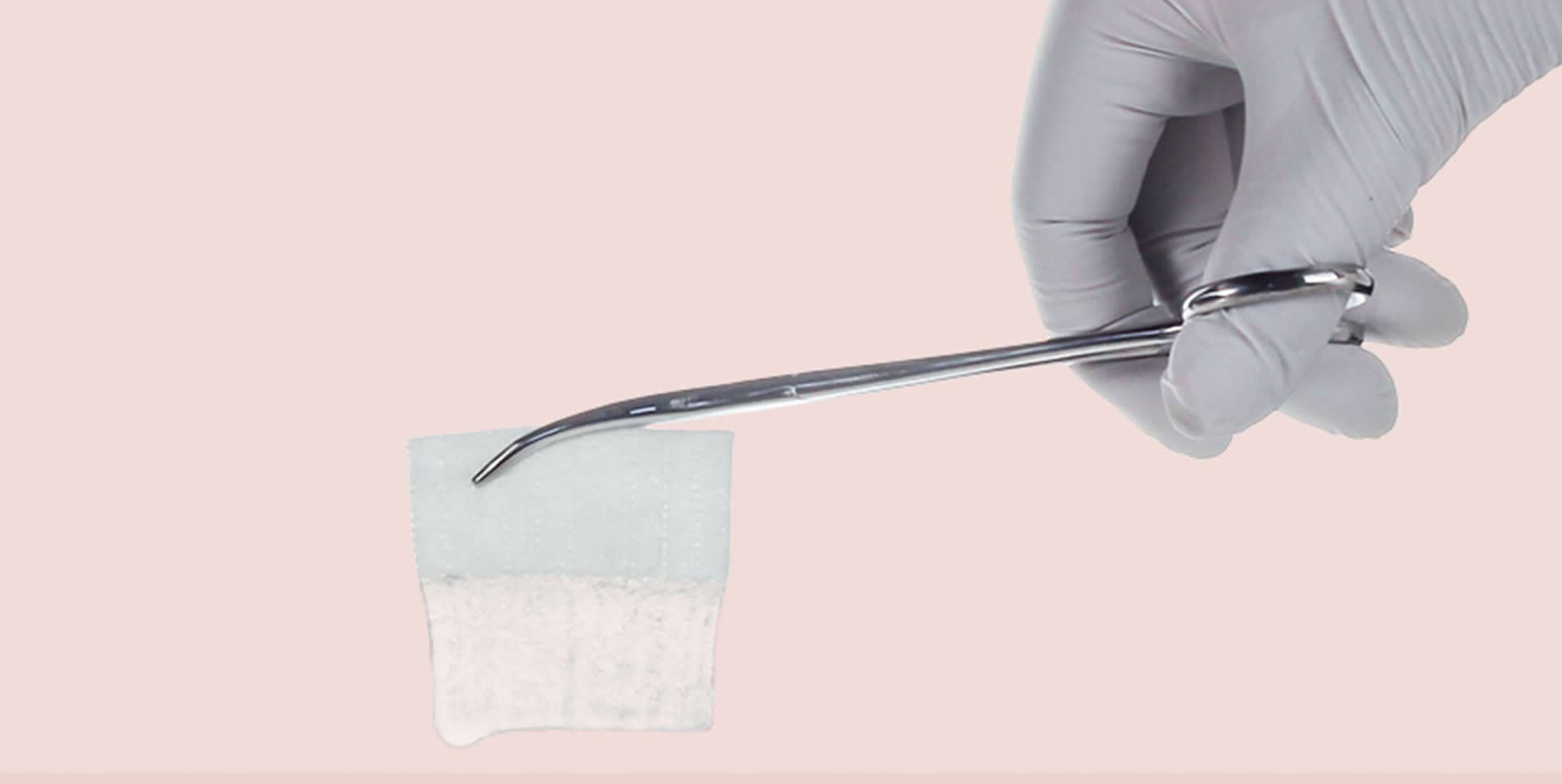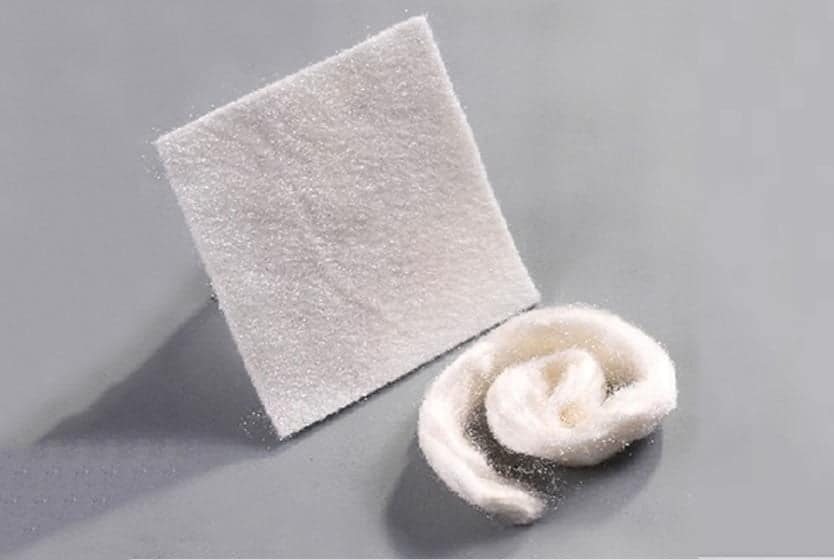
Wound Care
Alginate Dressing
What Is an Alginate Dressing?
Alginate dressings are absorbent wound care products that contain sodium and calcium fibers derived from seaweed. They come in the form of flat dressings that can be placed over open ulcers and rope dressings that are used for packing the wound, which absorb fluids and promote healing with pressure ulcers, diabetic foot ulcers, or venous ulcers. An individual dressing is able to absorb up to 20 times its own weight. These dressings, which are easy to use, mold themselves to the shape of the wound, which helps ensure that they absorb wound drainage properly. This also makes these dressings ideal for using on ulcers in areas that are difficult to dress, such as heels and sacral areas.

How Do Alginate Dressings Work?
Alginate dressings are dry when initially placed on an open wound and become larger and more gel-like as they draw in fluids. This helps clear out the wound, prevents it from becoming dry, and protects it from harmful bacteria, which helps lower the risk of infection. These dressings also help promote new skin growth during the wound healing process by ensuring that the wound area stays moist. This encourages natural debridement via enzymes, which supplements the wound care provided by wound care practitioners in a clinical setting. The debridement process removes dead or damaged skin, promoting a healthier wound environment that aids wound healing.
Alginate dressings can also help wounds that are bleeding. The calcium in these dressings helps stabilize blood flow, which slows bleeding.
How to Use an Alginate Dressing
Treating wounds with alginate dressings is a straightforward process if you follow the correct wound care procedure using these steps:
- Use normal saline solution to clean the wound area.
- Pat the area around the wound dry.
- Place the alginate dressing over the wound.
- Secure a secondary dressing over the alginate dressing to hold it in place.
- Change the dressing every one to three days, or when fluid starts to seep out from the edges of the dressings.
- Before removing the alginate during a dressing change, use saline to dampen it in order to lower the risk of damaging the surrounding skin.
Tips for Using Alginate Dressings
Keep in mind that alginate dressings are designed for use on draining wounds or wounds with excessive amounts of fluid. They should not be used on wounds that have very little drainage or they may dry them out, which slows the healing process. Although alginate dressings typically keep wounds moist for faster healing, they need to form a gel in order to do so. In some cases, this gel does not form, which increases the risk of having the dressing stick to the skin and cause irritation or damage.
